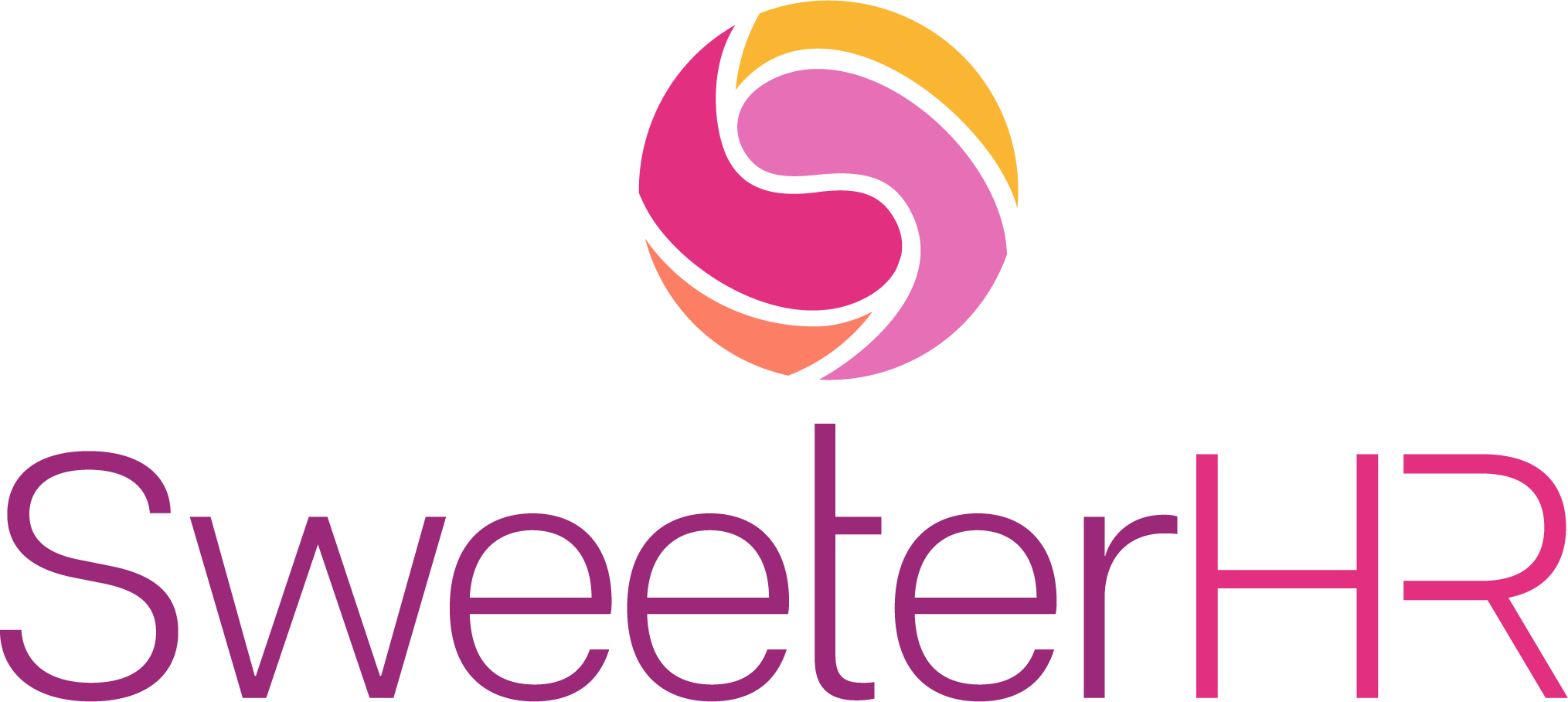As we return to the new workplace “normal” post-COVID, more and more employees are transitioning back to some variation of in-person to work. Right now, it is estimated a whopping 60% of employees are engaging in some sort of hybrid schedule with at least one day involving in-person work. This has placed a spotlight on the importance of employee wellbeing, wellness programs, and employee work/life balance initiatives in the workplace. According to SHRM, “A well-executed [employee wellness] program can reduce health care costs, augment productivity, and increase employee retention, providing further support for the correlation between personal health and job satisfaction” (SHRM, 2019).
Wellness programs come in many shapes and sizes and are not always one size fits all! HR should take time to begin with an employee survey to see what wellness programs are most interesting and helpful to their employee demographic. Employees who feel as if programs are catered towards them will be much more likely to participate and reap the benefits. HR should also take into consideration the possible costs, benefits, and potential legal concerns that may accompany each program before going forward as well.
Wellness programs do not have to break the bank; there are a wide variety which can best suit your organization! For example, nutrition education and exercise programs or memberships are an easy and relatively cost-efficient way to get your employees involved in a wellness initiative! On the higher end of things, providing options such as health screenings, vaccine clinics, or health risk assessments can be valuable tools to help your employees understand and manage their health! Another option would be to provide some sort of mental health services for your employees. This may include free or discounted counseling, therapy, or psychiatry sessions for employees who are feeling overwhelmed or working through something in their personal lives. You can even provide incentives such as reductions to employee contributions to health insurance premiums or contributions to an employee HSA to get employees motivated to place importance on their wellness and want to be involved in your organization’s wellness program!
But are employee wellness programs really that helpful to the overall workplace environment? Studies have shown the answer is a resounding yes! Wellness programs help to improve productivity and performance of employees as studies have shown there is a direct correlation between employee wellness and employee productivity, motivation and focus in the workplace. There has also been a correlation found between wellness programs and the improvement of teamwork; it has been found that workers who engage in wellness activities together actually work better together! Wellness programs also help to lower the impact of stress and risk of illness for employees. This not only lowers healthcare costs for the employees, but also increases overall profit for the organization as employees are taking less sick time. This all leads to higher employee morale, improved recruitment, and reduced turnover!
However, be sure to note wellness programs are not all fun and games. They can have serious legal repercussions if done incorrectly as there are a number of federal laws which apply to the design and implementation of employee wellness programs. These include the Americans with Disabilities Act (ADA), Genetic Information Nondiscrimination Act (GINA), Health Insurance Portability and Accountability Act (HIPAA), and Patient Protection and Affordable Care Act (PPACA). A good rule of thumb would be to not make any employee wellness program mandatory, not require any employee health information be given involuntarily, and offer employees a reasonable alternative to earn any incentives which may be given if the program is unreasonably difficult for them due to a medical condition (SHRM, 2019). Always consult your employment law attorney before implementing any rigorous employee wellness programs!






